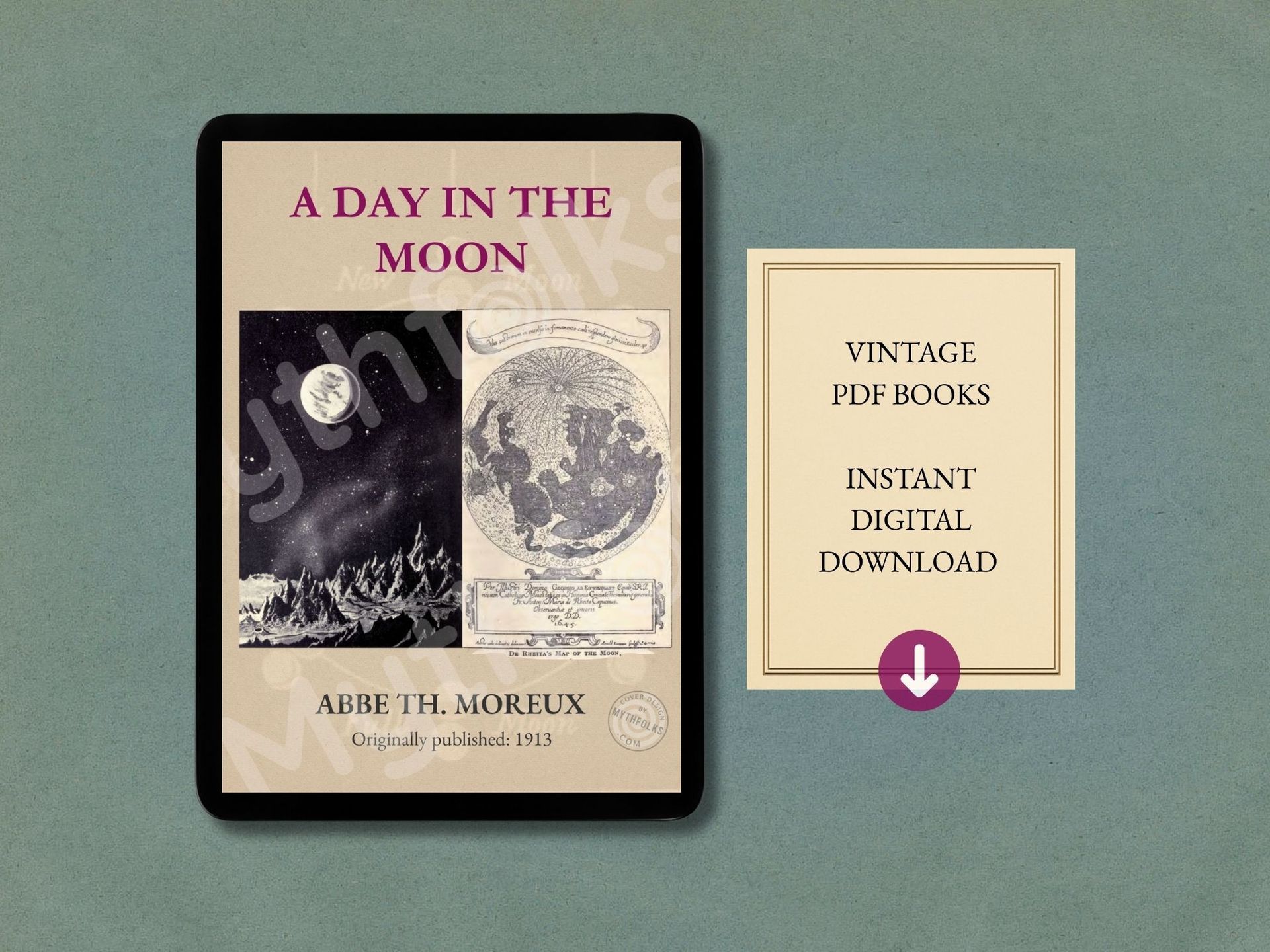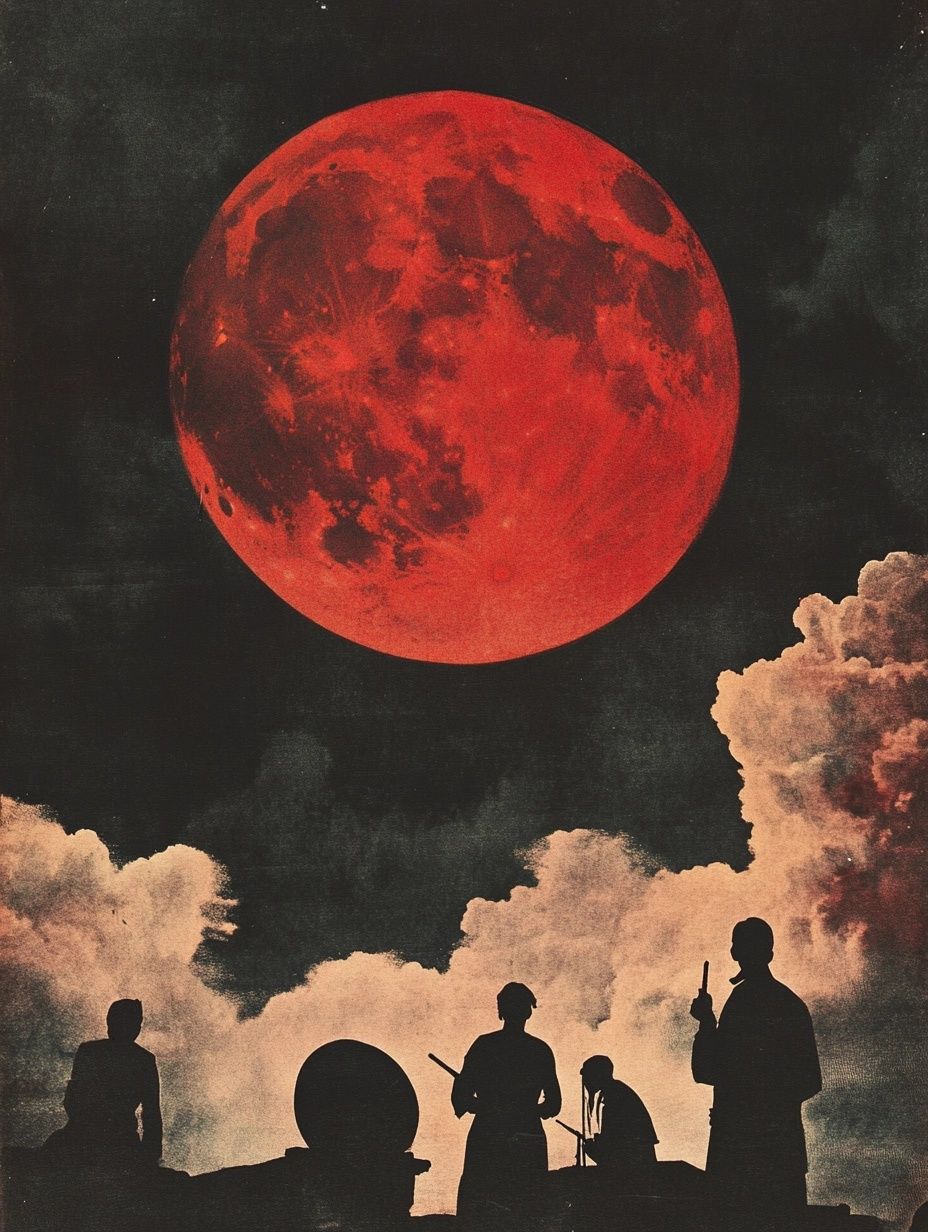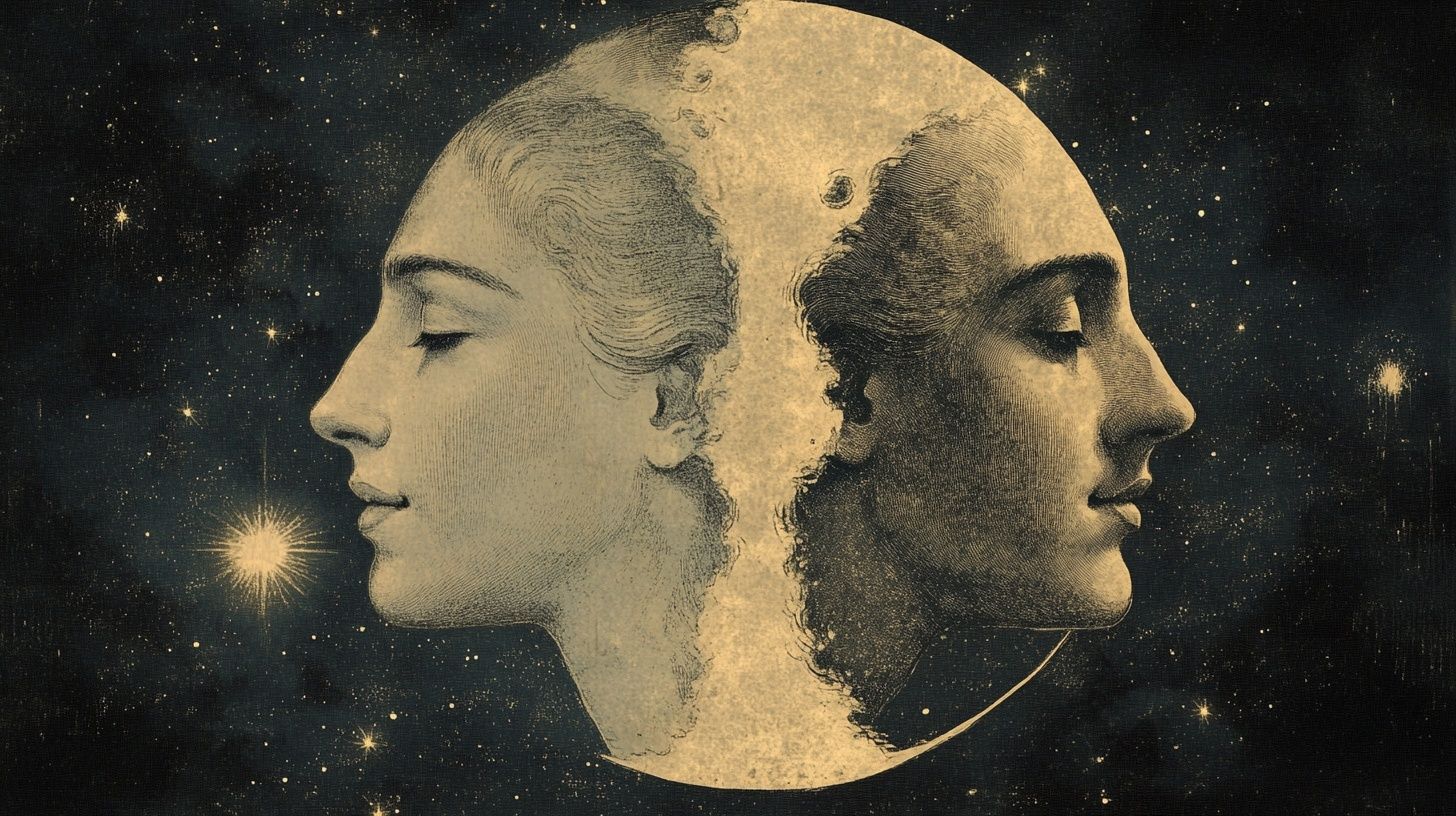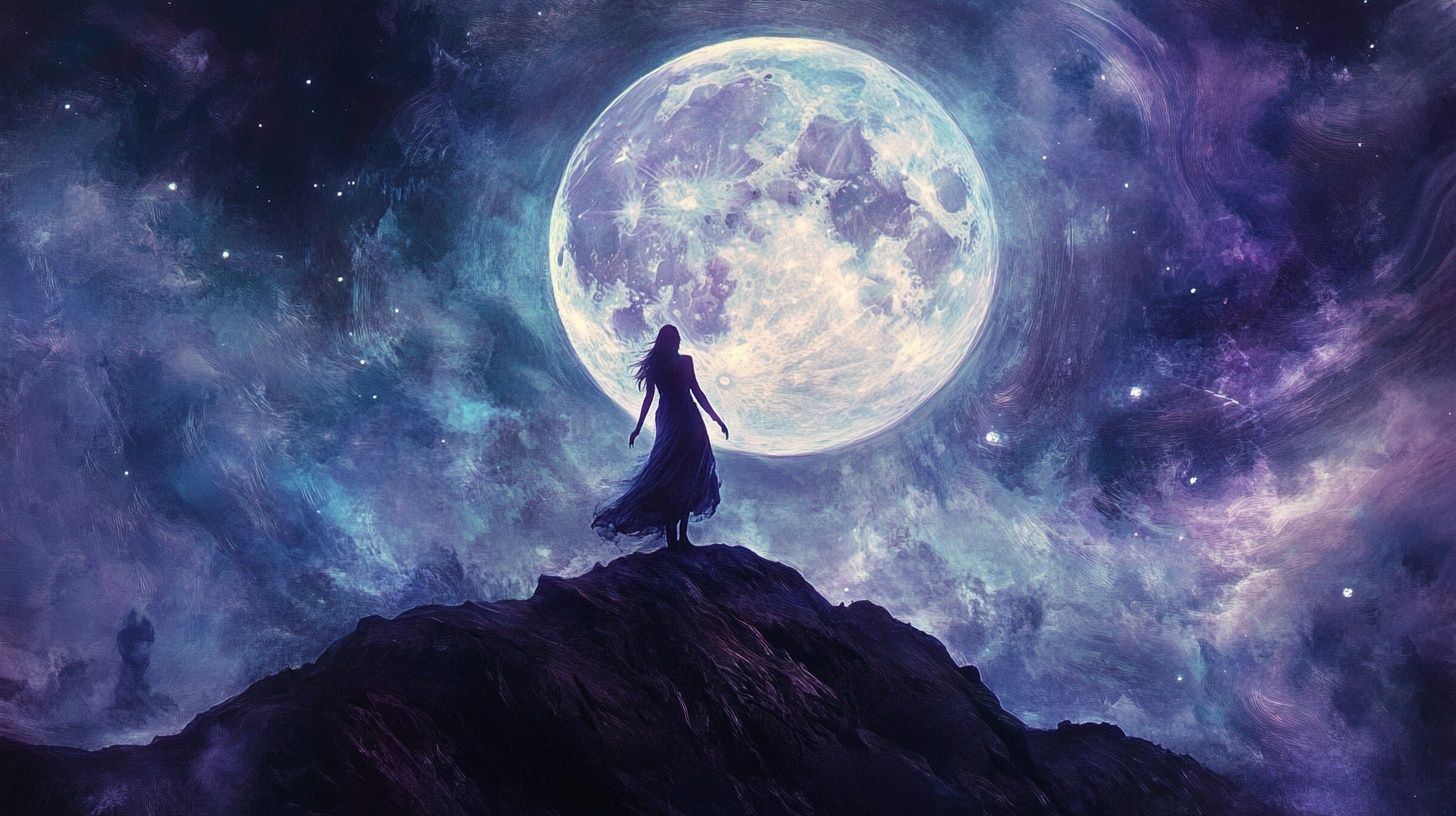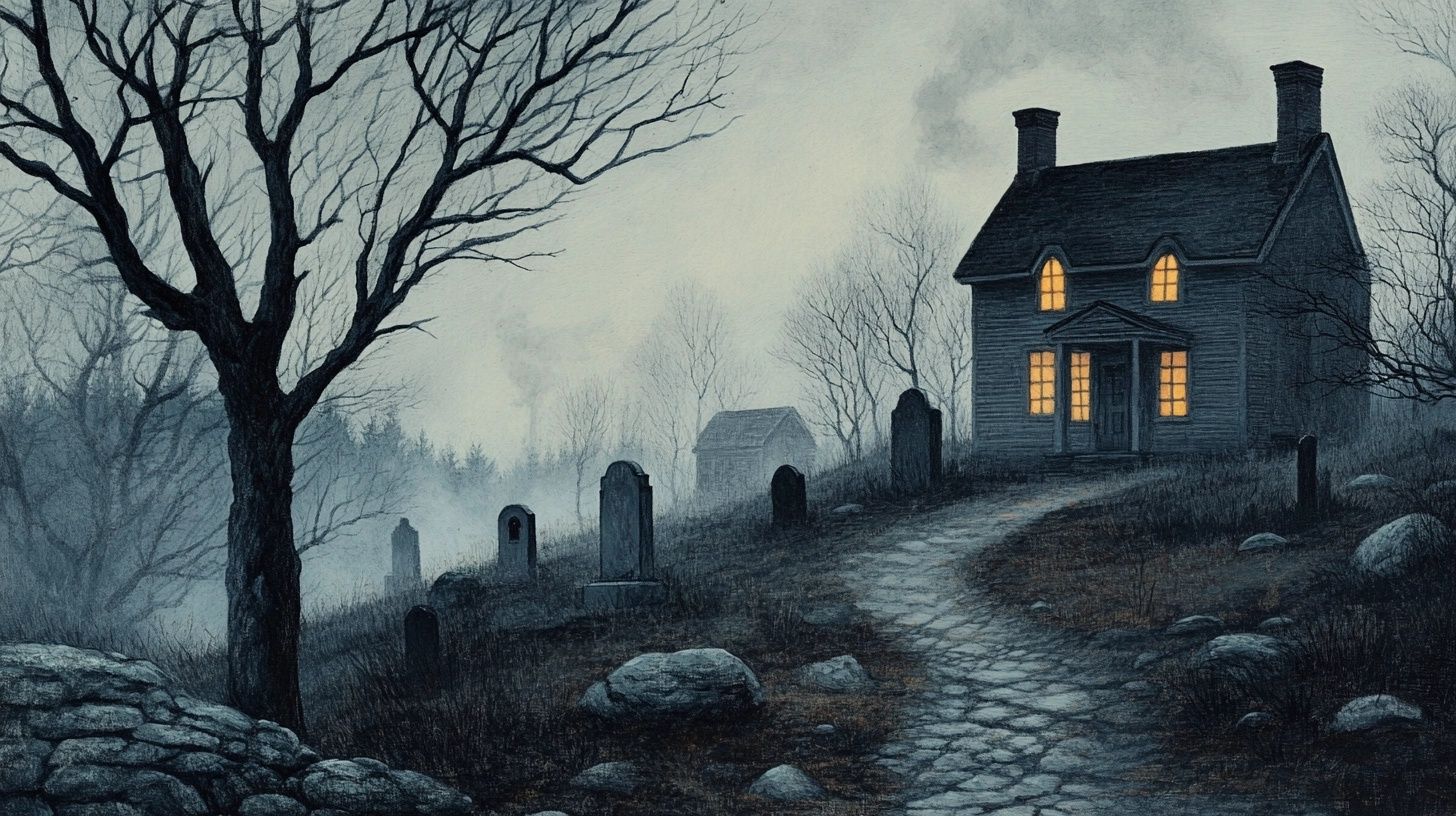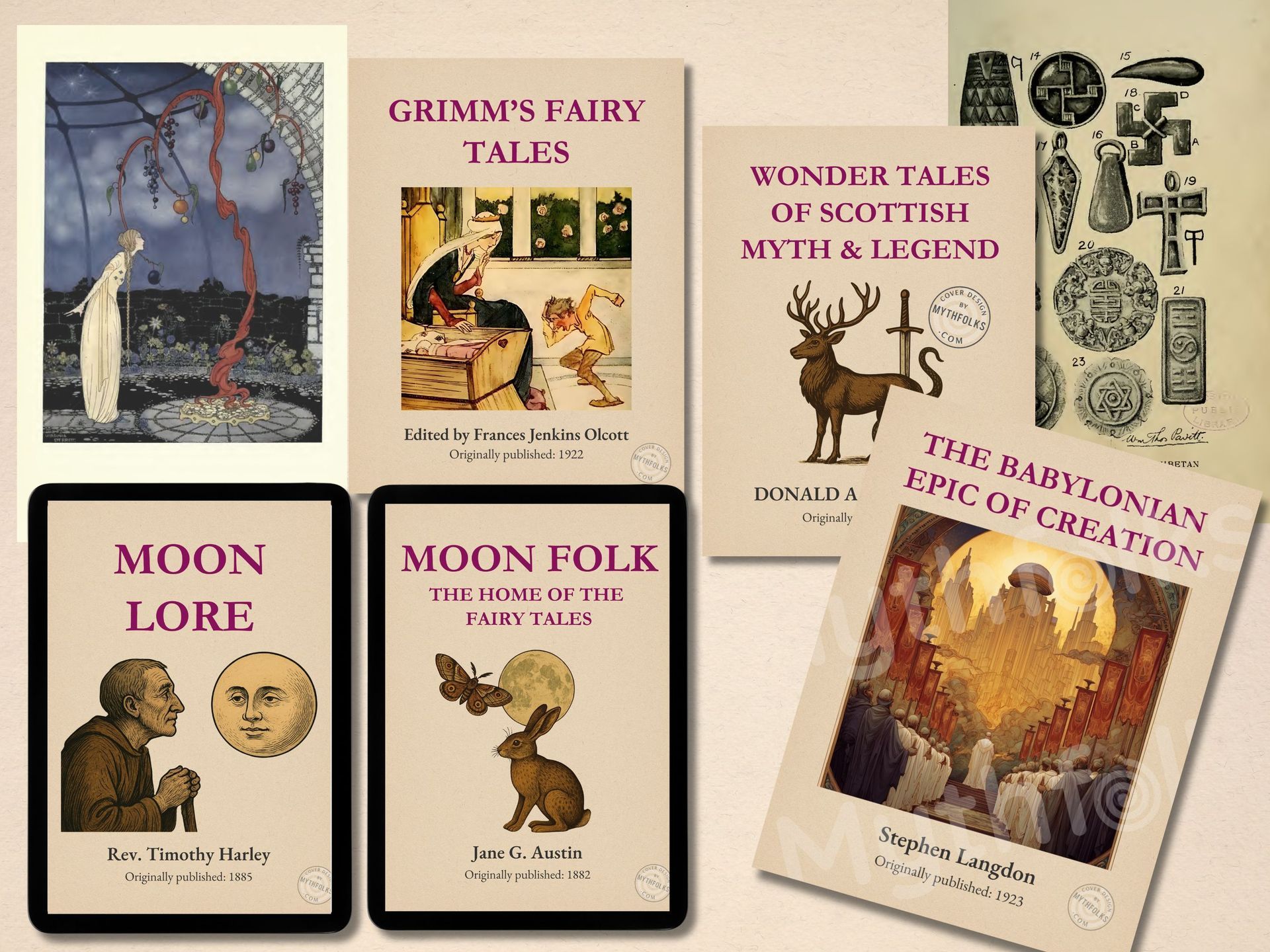In French folklore, the "Rust Moon" killed crops. Today, science says the moon is rusting. Are these celestial events linked?
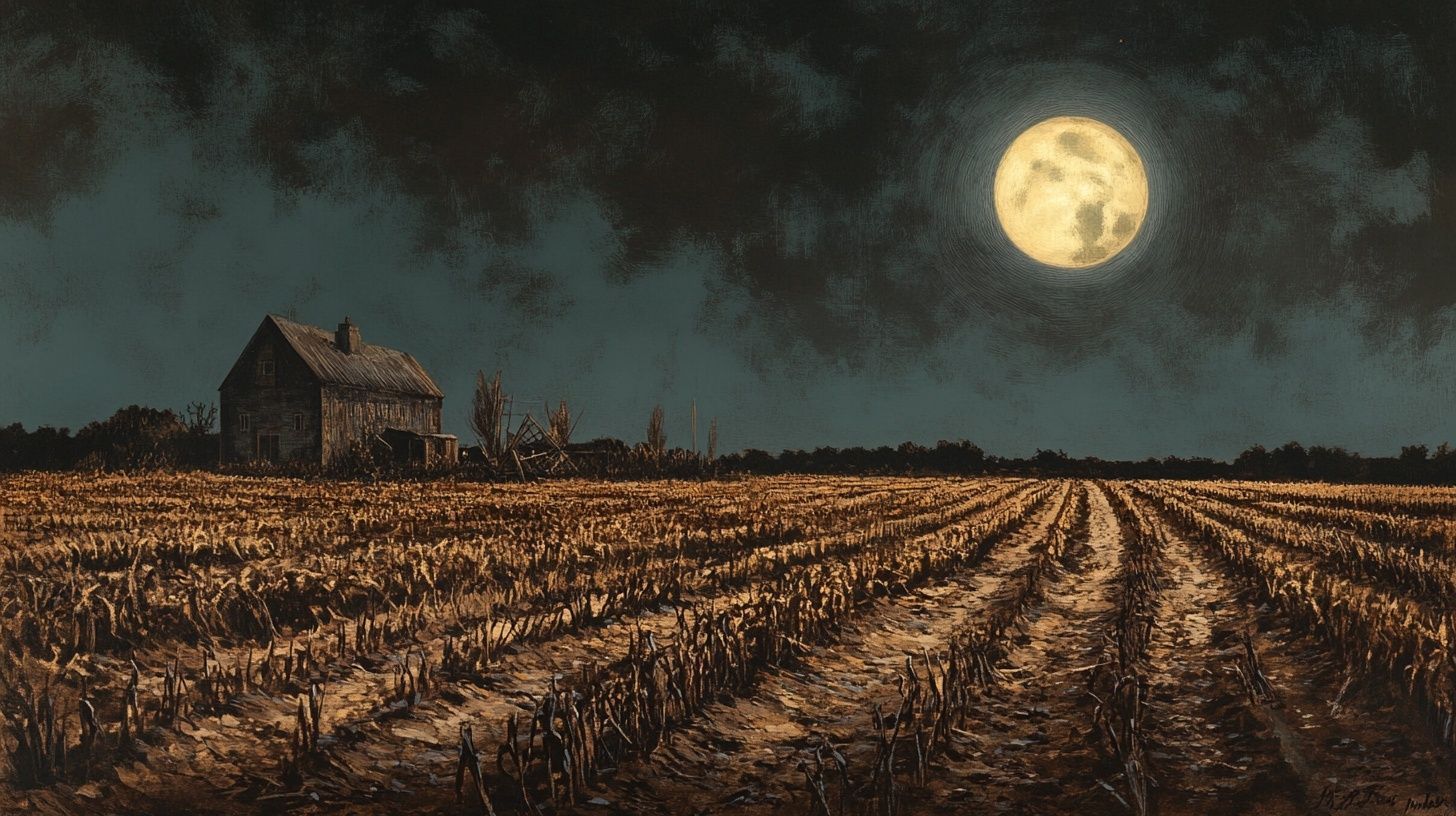
During my research into moon myths and legends, I stumbled upon a fascinating early 20th century book that described "La Lune Rousse", or the "Rust Moon", in French folklore.
I was instantly reminded of a story from a few years back about the discovery that the moon is actually rusting.
So of course, I wondered if the French had somehow pulled off another of those amazing historical predictions that science ended up proving right.
Never a fan of the anti-climax - no the French were not, in this case, great mystical predictors of a scientific discovery that would come well over century later!
But the links between folklore and science are nonetheless very intriguing in the case of the rusty moon. Read on to discover why.
Updated: 3rd Aug 2025
Author: Sian H.
What is the Rust moon or La Lune Rousse in French folklore?
The "Rust Moon" is a well-known and deeply feared phenomenon in French agricultural folklore, particularly among market gardeners and (grape)vine growers. The term refers to the lunar month that begins in late April and extends into May and according to popular belief, during this specific period, the Moon possessed dark power.
Its rays were thought to be inherently cold and harmful so when the Moon shone down on a clear night, it was believed to directly "rust" the tender new buds and shoots of plants. The damage resembles a frost-bite, turning the delicate green growth a rusty, burnt color, hence the name. For farmers and especially vinedressers, whose entire livelihood depended on the vulnerable spring growth, the Lune Rousse was a source of genuine anxiety.
King Louis XVIII couldn't get answers from his astronomers
The book I was reading where I discovered this old myth is a 1913 book called Une Journée sur la Lune (A Day in the Moon), by the French astronomer Théophile Moreux.
In it, Moreux recounts a famous anecdote involving the highest levels of French science and royalty.
One day, King Louis XVIII had the members of the Bureau des Longitudes (the French astronomical authority) before him. He turned to the great mathematician Laplace and said:
"For you will clearly explain to me what is the Rust Moon and how it acts upon the crops."
Laplace, who had written volumes on the Moon's gravitational effects, was completely stumped. He'd never considered such a thing. After a moment of awkward silence, he had to admit:
"Sire, the Rust Moon has no place in astronomical theory."
The king was greatly amused by the scientists' embarrassment. Later, a concerned Laplace went to the astronomer Arago to ask if he could shed any light on the matter.
Arago knew nothing about it either but promised to investigate by speaking with the gardeners of Paris. It was only after this inquiry that the scientific community began to formally study and explain the phenomenon that every farmer already knew and feared.
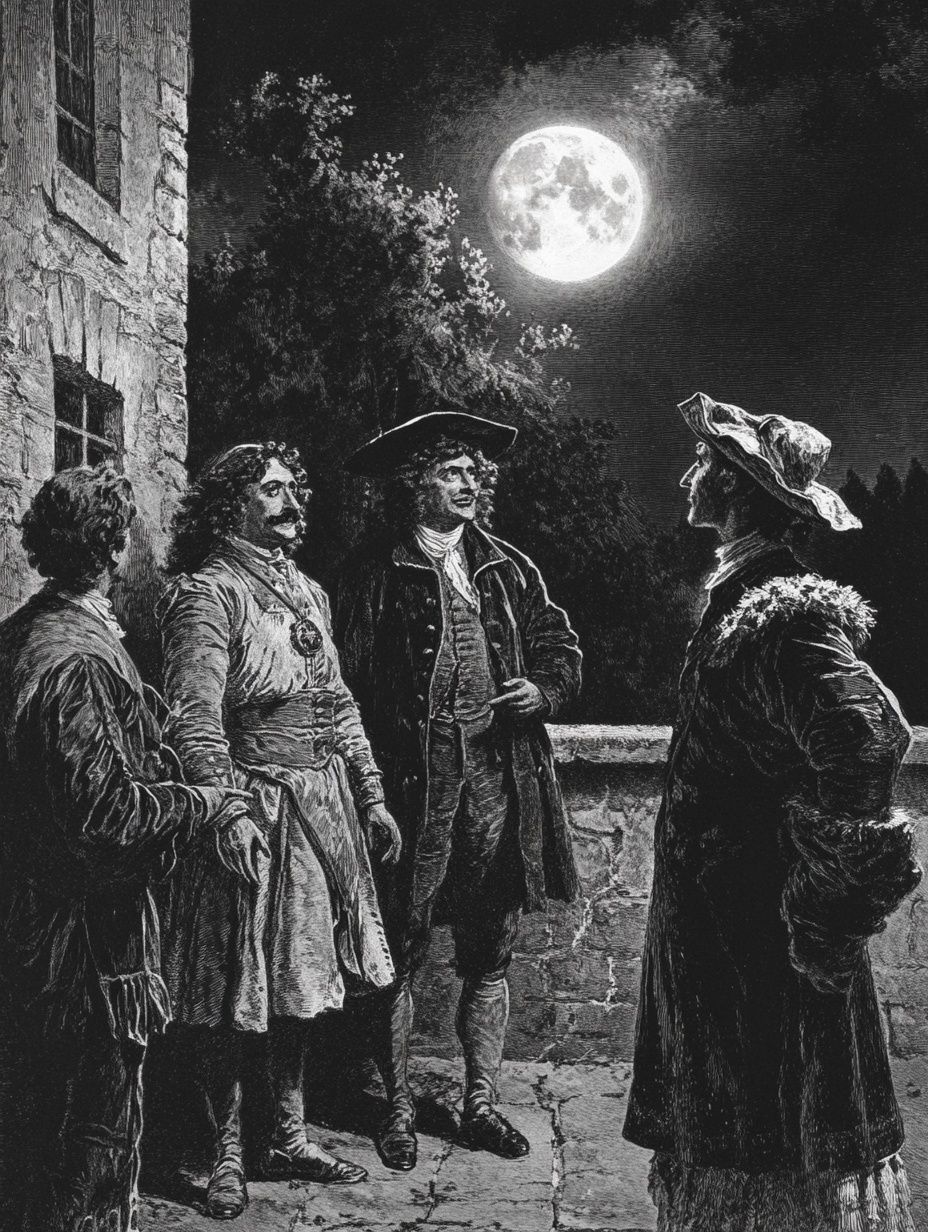
What was the Rust Moon or La Lune Rousse according to science?
Moreux offered the scientific explanation of what was going on.
The moon wasn’t actually rusting crops; the culprit was radiational cooling. On clear nights - especially in spring - heat escapes rapidly from the ground into the sky.
Without clouds to hold it in, temperatures can drop below freezing, damaging tender plants. And when are the skies clearest? During bright, visible moon phases.
So the folk explanation was wrong in detail but not in timing. The Rust Moon wasn’t rusting anything - but it was reliably signaling when rust-like crop damage would strike.
A century later - the moon Is actually rusting
In 2020, scientists analyzing data from India’s Chandrayaan-1 lunar orbiter found something unexpected: hematite on the moon’s surface.
Hematite is a form of rust - iron oxide - and its presence was a surprise. The moon, after all, has no atmosphere and almost no water.
Worse, it's constantly bombarded with hydrogen from the solar wind, which should prevent oxidation entirely and rust shouldn’t form there at all.
Researchers now believe that oxygen from Earth’s upper atmosphere is blown toward the moon along the tail of the planet’s magnetic field.
For a few days each month, during full moon, the moon passes through this “magnetotail,” shielding it from the solar wind and allowing Earth’s oxygen to settle briefly on the lunar surface.
Combined with trace amounts of water and iron already present, the conditions allow rust to slowly form.
The moon is rusting, not by itself - but because of the earth.
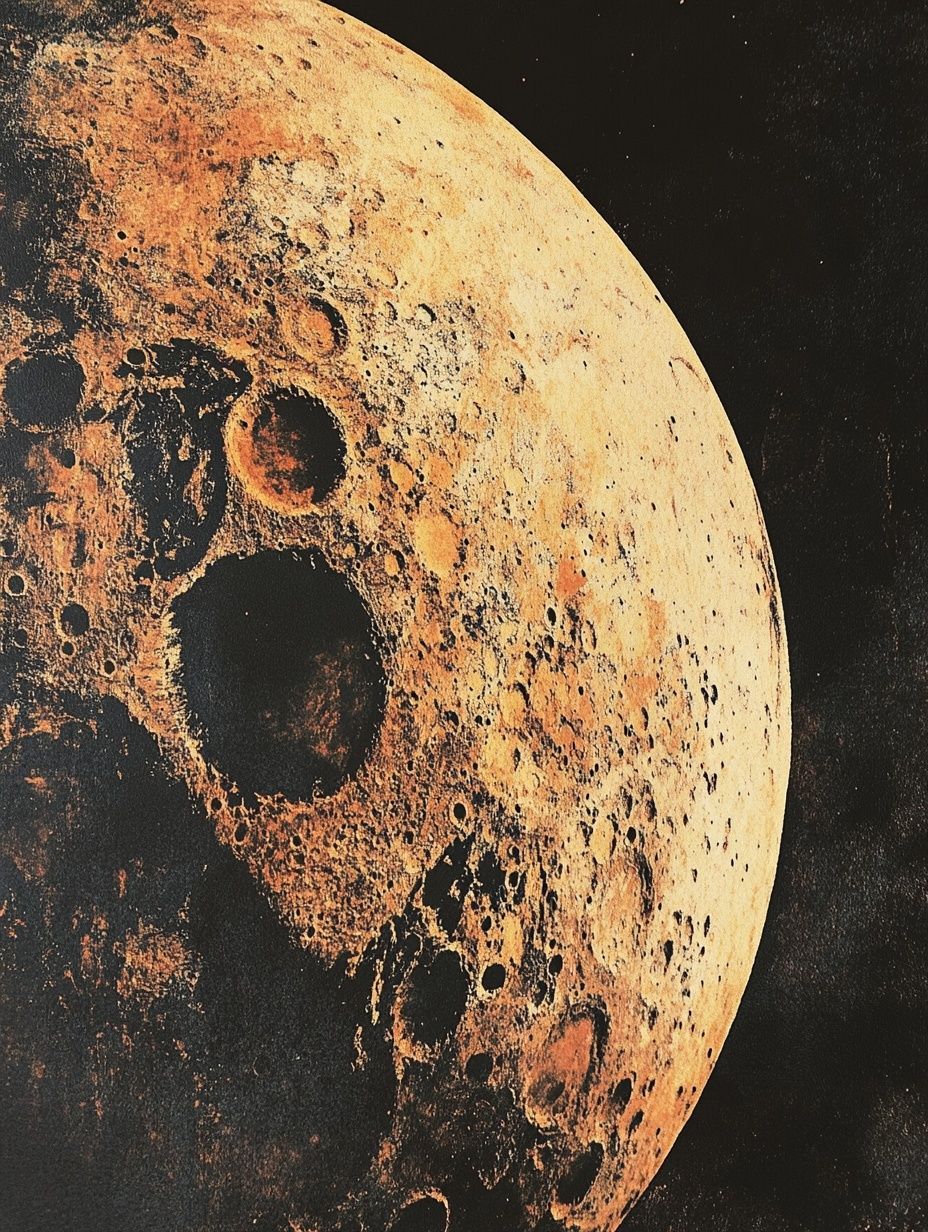
So did folklore sort of see the rusting of the moon coming?
No, these are distinctly separate stories with similar names - but there is an interesting structural overlap to both of these "rusting moons". The farmers of 19th-century France believed that a particular phase of the moon in spring could damage crops, turning fresh growth reddish-brown, like rust. They blamed the visible, familiar presence of the moon, when in fact the damage came from ground-level frost due to radiational cooling on clear nights.
Over a century later, scientists discovered that the moon itself is rusting - a surprising find, since rust typically requires oxygen and water, neither of which are abundant on the moon. The explanation? Earth’s atmosphere plays an active role. For a few days each month, oxygen from Earth reaches the moon via the planet’s magnetic tail, creating the conditions for rust to form.
In both cases, the moon appears to be responsible for a physical effect. But in both cases, it’s the Earth - not the moon - that provides the conditions that make that effect possible.
So while French folklore didn’t predict the science, it did reflect a pattern we still see today: a tendency to interpret visible celestial events as causes, when they may simply be part of a larger system - and one in which Earth plays the central role.
Article sources
- TH. Moreux, "A Day in the Moon", 1913
- The Moon Is Rusting, and Researchers Want to Know Why, nasa.gov
Shop "A Day in the Moon" by TH. Moreux
I spend a lot of time digging through old and out-of-print folklore texts and curate selected titles as digital editions.
"A Day in the Moon" or Une Journée sur la Lune is the text that informed a lot of this article. But the rust moon is only one tiny detail from this comprehensive look at celestial observation.
This book is much more science-based than most texts I use but a central theme of the book is the tension between long-held folk beliefs and emerging scientific explanations and Moreux carefully examines those superstitions about the moon's influence on weather, farming and health with a rational and respectful approach.
I've given the book a new cover, tidied and compressed the original scans and repackaged them into a convenient digital download at a great price. Check out this historical, scientific lunar text here.
(Clicking the link will open the Mythfolks Etsy shop in a new tab.)
You might also like


